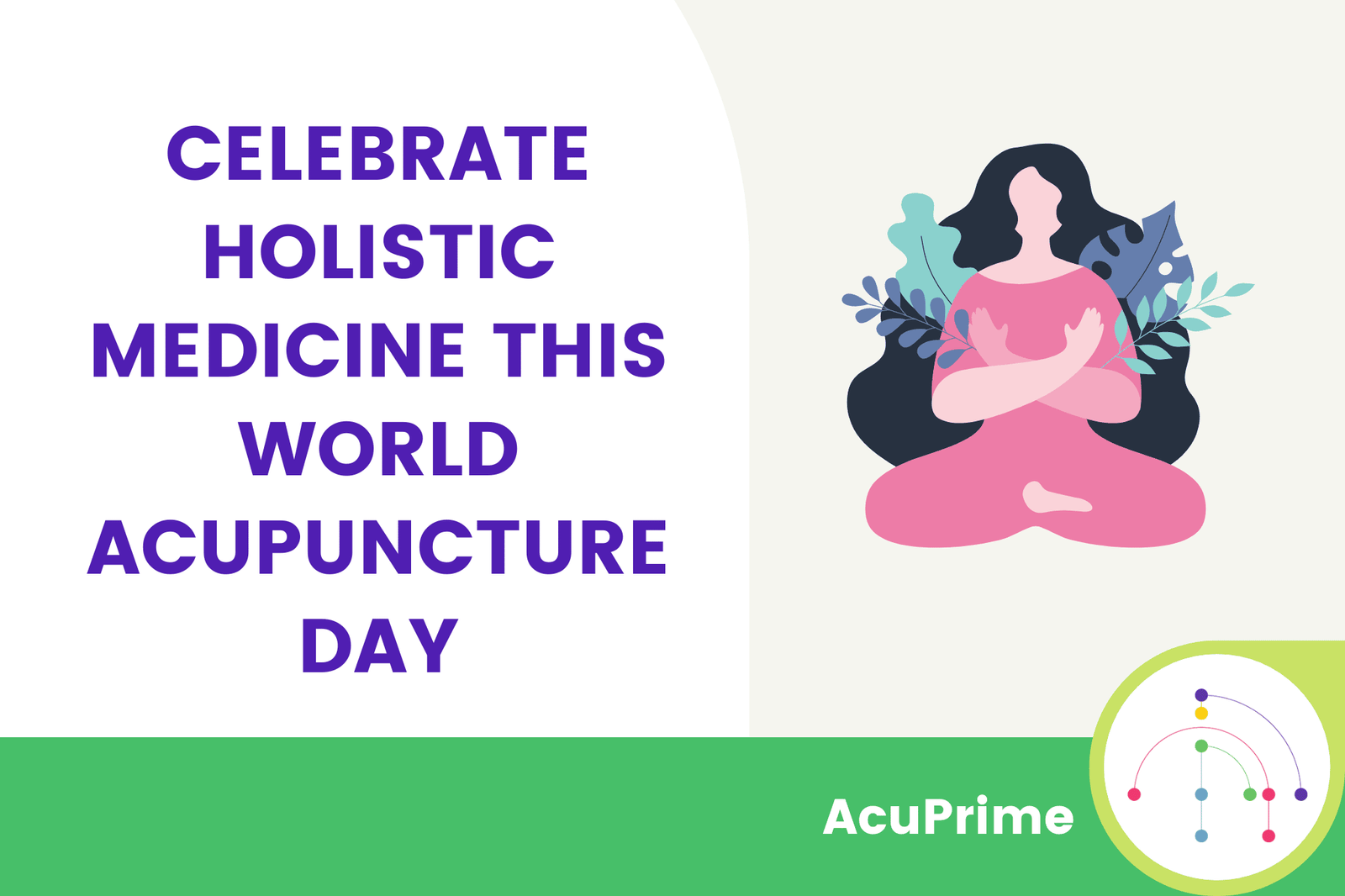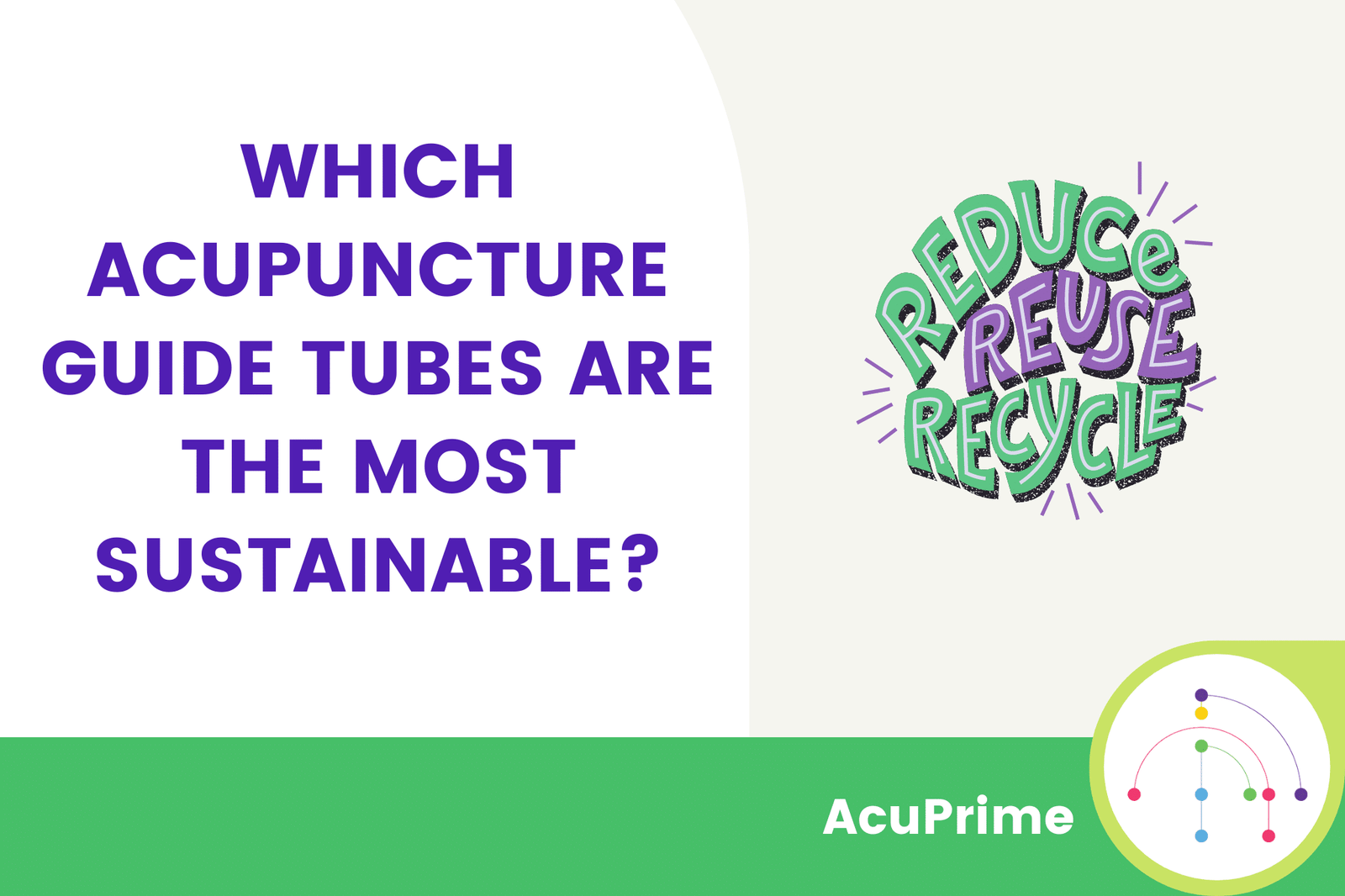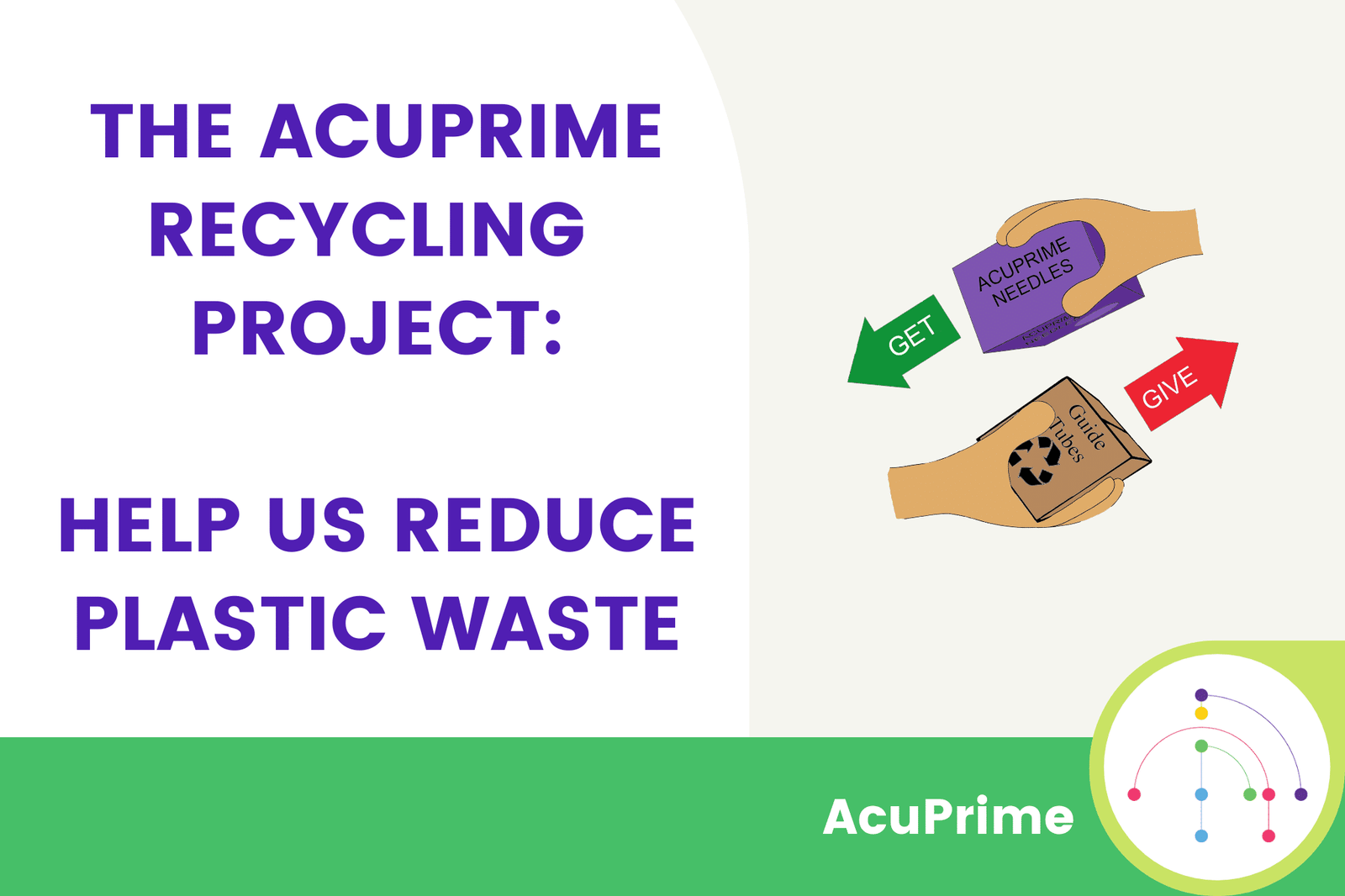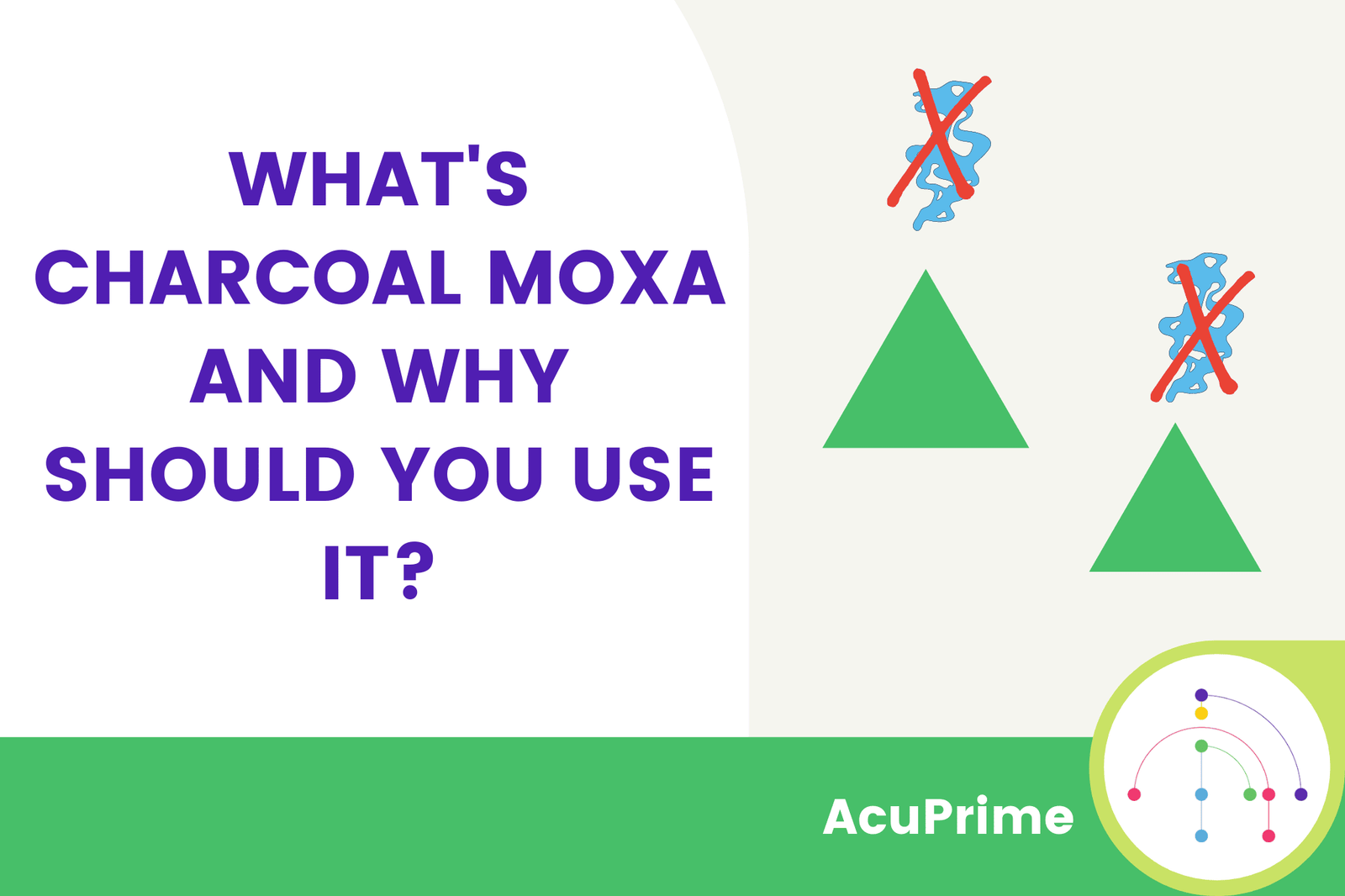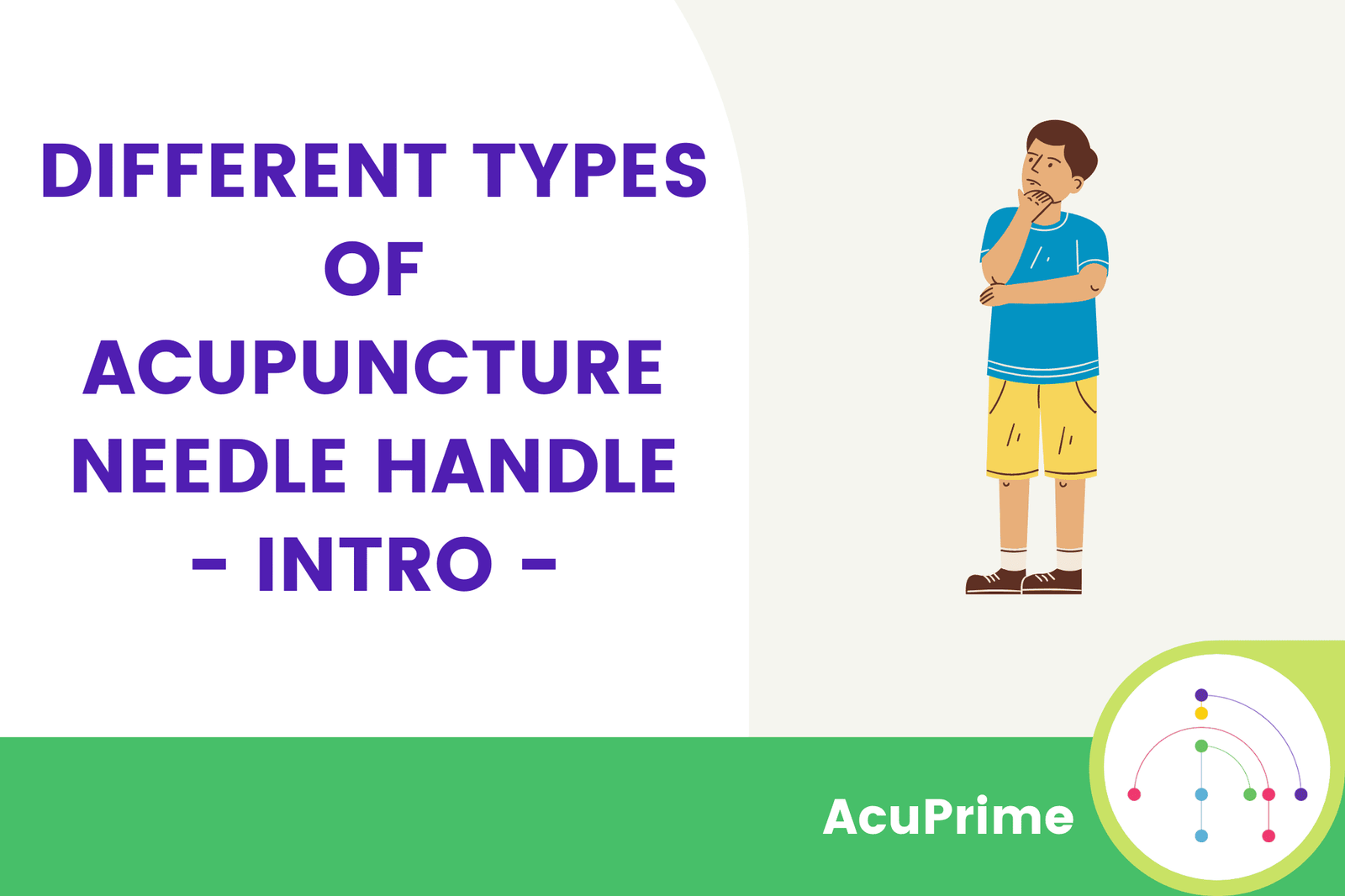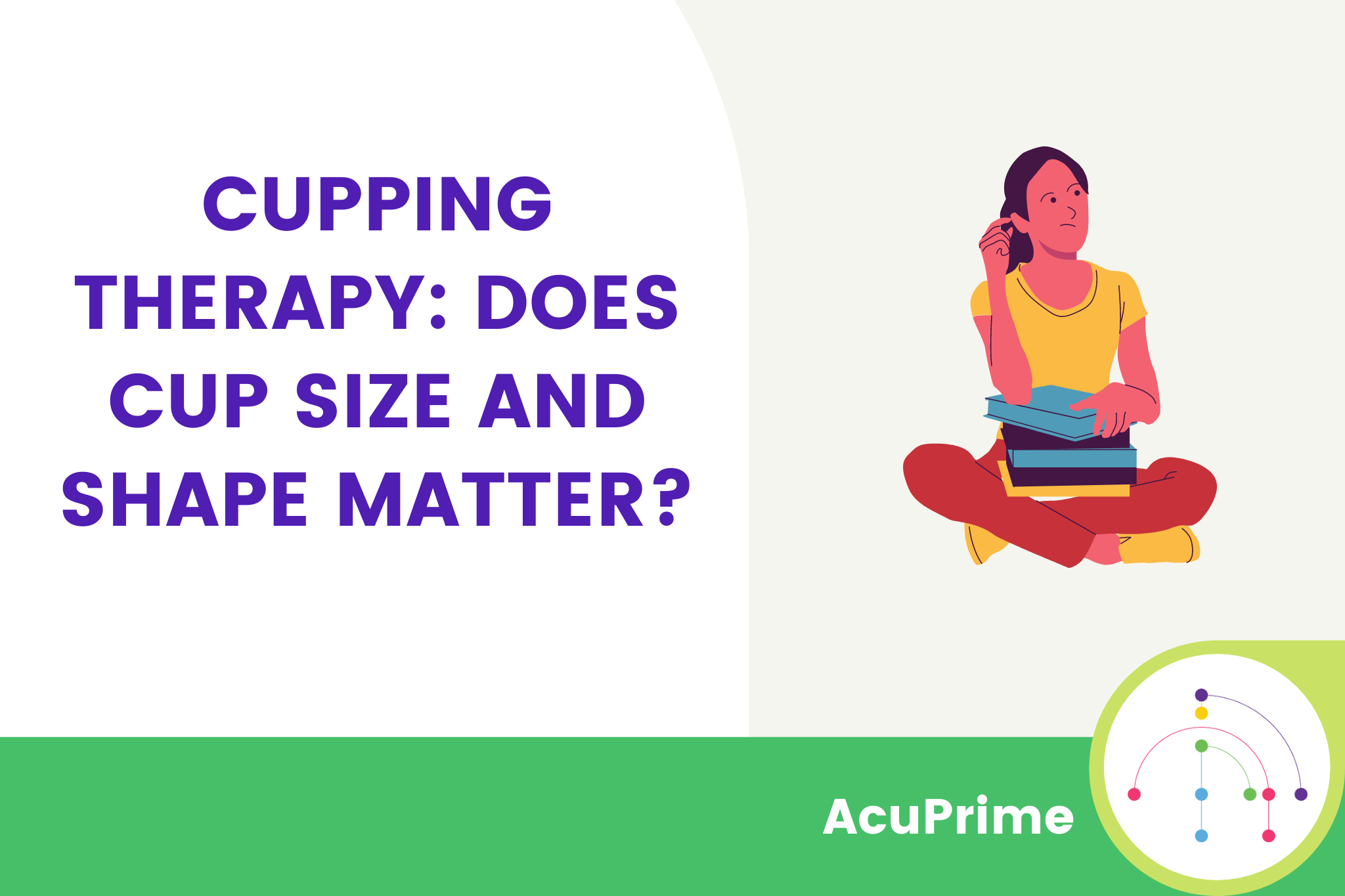Ever seen an athlete sporting strange red circular marks on their skin? Michael Phelps practically instituted those marks as a fashion statement during the last Olympics. Well, those odd bruises are from the ancient Eastern practice of cupping therapy and we’re going to break down just what cupping is and how it can benefit you.
The basics:
– An ancient form of traditional medicine
– Has massaging and relaxing qualities
– Treats a wide range of issues
– Fast and easy to do
Just what is cupping therapy anyway?
There are no points for imaginative names here, cupping predominantly involves cups.
Traditionally performed using glass, bamboo or clay cups, cupping therapy involves placing cups onto your skin and creating a vacuum inside to draw blood to the surface.
The vacuum has historically been created by heating the air inside of each cup and placing it on the skin. As the air cools, the vacuum is formed. While many cupping therapists still use this method, more and more are turning to cups that have little valves at the top to release air. It certainly eradicates the fire risk!
The vacuum inside the cup pulls the skin up into the glass. This, in turn, draws blood and tissue up to the surface to achieve a range of outcomes including a kind of deep tissue massage. Cups are either left in place for a couple of minutes or moved around with the aid of therapeutic oils to offer a dynamic treatment.
Types of cupping therapy
Generally, there are two types of cupping therapy that you’ll run into; wet or dry.
Dry cupping – this is an increasingly common type in modern practice, especially in the UK and other Western nations. This is standard cupping where the cups are placed onto unbroken skin and either left for a few minutes or moved around.
Wet cupping – a little more eyebrow-raising, this type of cupping involves small incisions to be made after a minute or so of suction and then the cup is placed back onto the skin. The vacuum pulls blood from the cuts with the aim of removing toxins and stagnant blood.
So what does cupping do?
The suction created in cupping effects a tissue manipulation and increases blood circulation to the area. Because your muscles are essentially being pulled upwards, cupping therapy can help to get rid of tension within muscles as well as treating muscle scarring.
By increasing flow to the blood vessels on the surface of the skin within the cup, the therapy is also used to improve circulation. By boosting blood flow to areas of pain, oxygen supply is increased and, in conjunction with the inherent massaging qualities, pain is eased.
From the point of view of Eastern medicine, cupping is an important therapy for the realignment of the flow of energy, or qi. Working on the principle of the body’s meridian channels, cupping practitioners aim to open up these channels to allow qi to move freely around the body. Blockages in the flow of qi are attributed to innumerable ailments from insomnia to digestive issues.
The Pacific College of Oriental Medicine describes cupping as;
‘Like acupuncture, cupping follows the lines of the meridians. There are five meridian lines on the back, and these are where the cups are usually placed. Using these points, cupping can help to align and relax qi, as well as target more specific maladies.’
What does cupping treat?
Cupping therapy aims to:
· Reduce back and neck pain
· Aid recovery from illness
· Help reduce stress and tension
· Improve digestive function
· Realign the body’s natural energy
· Improve energy levels
From the point of view of Western therapies, cupping is most commonly used to treat back, neck and shoulder pain. Often used in conjunction with acupuncture, cupping is performed to alleviate pain, reduce tension in the muscles and encourage healing of damaged tissue in these areas.
This is almost exclusively where you see it on celebrities too – sporting cupping bruises like they’ve planned their outfits around them. Cupping is often popular with athletes due to its drug-free and hassle-free nature. It can offer instantaneous pain relief in conjunction with longer term benefits and therapies can take just 15 minutes. It’s no wonder good ol’ Phelps got into cupping therapy to ease the tension in his vast back and shoulder muscles.
In Eastern theories, cupping can treat body-wide issues, revolving around the realignment of qi. As qi effects the entire body, the act of opening the Meridian channels to enable qi to flow more evenly helps to alleviate the stresses and strains on everything from mental function to physical performance.
Where did cupping come from?
Cupping therapy has been used for millennia, with the first reported cupping practices appearing in Egypt around 1500BC. The therapy has been used across the ancient world ever since with it most commonly attributed to China – hence the popular term, ‘Chinese cupping’.
While it has been practised in various parts of the world for thousands of years, its emergence in popular culture comes hand in hand with two factors; the increasing multinational population of the West and trends popularised by celebrities.
So cupping therapy isn’t new by any stretch of the imagination. In fact, it’s one of the oldest types of traditional medicine that’s still being widely used today.
How effective is cupping?
The effectiveness of cupping has long been questioned and the practice attracts the scepticism that traditional Chinese medicine tends to. The benefits of cupping treatment have been greatly reported by a range of patients but equally, few studies have been completed and no randomised controlled trials have been done.
Whether you believe that a cupping session will help realign your qi or not, cupping treatment is a relaxing experience for almost everyone. The massaging effect is undeniable and its ability to increase blood flow to problem areas is undisputed. For many people, the act of trying out complementary therapies is beneficial whether it reduces pain or offers a peaceful break from the stresses of everyday life.
Where to experience cupping therapy
Many acupuncture practitioners also offer cupping treatments as the two therapies are very complementary. Physiotherapists and massage therapists may also offer cupping therapy so chances are, this form of treatment is available nearby. If you’re in the UK, you can check out practitioners through The Association for Traditional Chinese Medicine and Acupuncture or the British Acupuncture Council.
If you get a feel for cupping therapy then it’s perfectly possible to buy a cupping system for home use. It’s important to use cupping treatments properly and to understand the material you’re working with.
We like to hang out on the safe side of life which is why our Meridius cupping sets are made from resilient polycarbonate rather than glass. While polycarbonate has similar properties to glass, it’s harder wearing and won’t crack. Our cupping sets also don’t require flames and have a silicon valve to create the vacuum.


